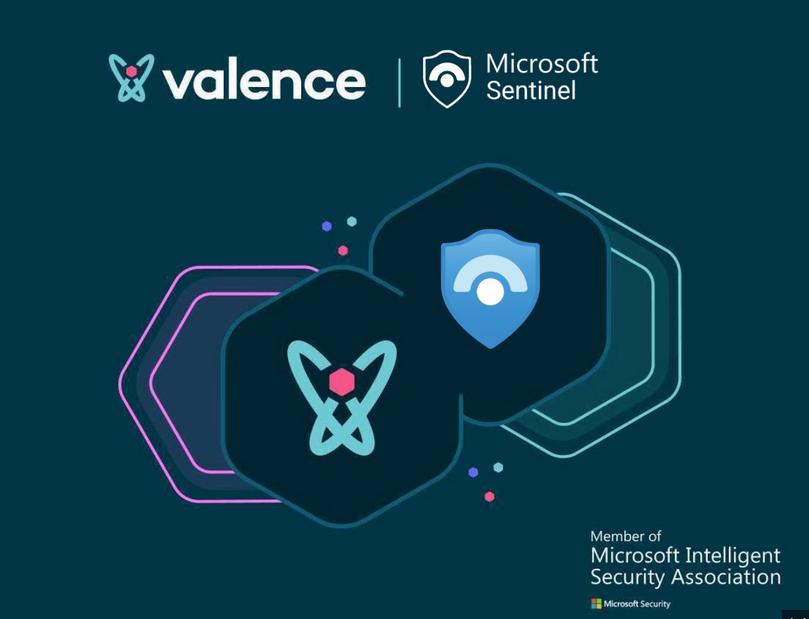Handle secrets securely
Secrets can include API keys, passwords, and certificates, are essential for authenticating and authorizing actions within cloud services and applications. However, if not managed with stringent security measures, they can become weaknesses that lead to significant breaches.
Secure storage of secrets
The first step in handling secrets securely is to ensure their secure storage. Secrets should never be hard-coded in IaC templates or scripts as this exposes them to unauthorized access, particularly when code repositories are public or shared among team members. Instead, secrets should be stored in a centralized and secure secrets management system, such as AWS Secrets Manager or AWS Systems Manager (SSM) Parameter Store. These systems are designed to securely store and manage secrets according to best practices, as discussed previously in Chapter 5.
Secret scanning and detection
Implement automated tools that scan repositories and codebases for hard-coded secrets. These tools can alert teams to potential security risks before the code is deployed. By integrating secret scanning into the continuous integration pipeline, organizations can catch and remediate issues early in the development cycle.
Tools such as GitGuardian, TruffleHog, and Amazon CodeGuru Security are adept at scanning code to identify embedded secrets and can be easily integrated into your IaC pipelines.
Access control and auditing
Access to secrets should be tightly controlled using fine-grained permissions. Only principles that require access to a specific secret for their operation should be granted access, and even then, only for the minimum period necessary. This is where IAM policies play a crucial role. They allow administrators to define who can retrieve which secrets under what conditions, often with the ability to set expiration times for temporary access.
Auditing is another critical aspect of secure secrets management. Every access or change to a secret should be logged and monitored, including calls made by CloudFormation, as well as regular IAM principals. This includes tracking who accessed a secret, when it was accessed, and what operation was performed. Such auditing capabilities are built into AWS secrets management systems and are vital for detecting unusual patterns that may indicate a security incident. Regular monitoring and alerting should be implemented to detect irregular access patterns.
Secret injection at runtime
To utilize secrets within IaC, they should be injected at runtime rather than being embedded in the code. This can be achieved through the use of environment variables or by retrieving the secrets directly from the secrets management system at the time they are needed. For example, CloudFormation stacks can reference secrets stored in Secrets Manager, ensuring that the secrets are only exposed to the resources that require them and only for the duration of their necessity.
Injecting secrets at runtime minimizes the risk of accidental exposure and provides an additional layer of security by keeping the secrets out of the code base. It also simplifies the process of updating secrets as they can be rotated or changed within the secrets management system without the need to update and redeploy IaC templates or scripts.

